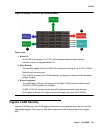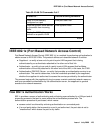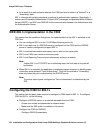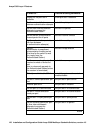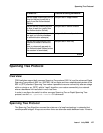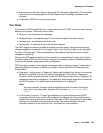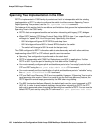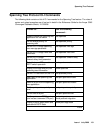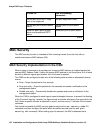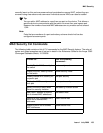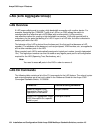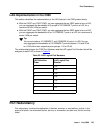
Avaya C360 Layer 2 Features
128 Installation and Configuration Guide Avaya C360 Multilayer Stackable Switches, version 4.5
a loop in an extended network, bridges may forward traffic indefinitely, which can result in
increased traffic and degradation in network performance.
The Spanning Tree Algorithm:
● Produces a logical tree topology out of any arrangement of bridges. The result is a single
path between any two end stations on an extended network.
● Provides a high degree of fault tolerance. It allows the network to automatically reconfigure
the spanning tree topology if there is a bridge or data-path failure.
The Spanning Tree Algorithm requires five values to derive the spanning tree topology. These
are:
1. A multicast address specifying all bridges on the extended network. This address is
media-dependent and is automatically determined by the software.
2. A network-unique identifier for each bridge on the extended network.
3. A unique identifier for each bridge/LAN interface (a port).
4. The relative priority of each port.
5. The cost of each port.
After these values are assigned, bridges multicast and process the formatted frames (called
Bridge Protocol Data Units, or BPDUs) to derive a single, loop-free topology throughout the
extended network. The bridges exchange BPDU frames quickly, minimizing the time that
service is unavailable between hosts.
Spanning Tree per Port
The Spanning Tree can take up to 30 seconds to open traffic on a port. This delay can cause
problems on ports carrying time-sensitive traffic. You can therefore enable/disable Spanning
Tree in C360 on a per-port basis to minimize this effect.
Rapid Spanning Tree Protocol (RSTP)
About the 802.1w Standard
The enhanced feature set of the 802.1w standard includes:
● Bridge Protocol Data Unit (BPDU) type 2
● New port roles: Alternate port, Backup port
● Direct handshaking between adjacent bridges regarding a desired topology change (TC).
This eliminates the need to wait for the timer to expire.




